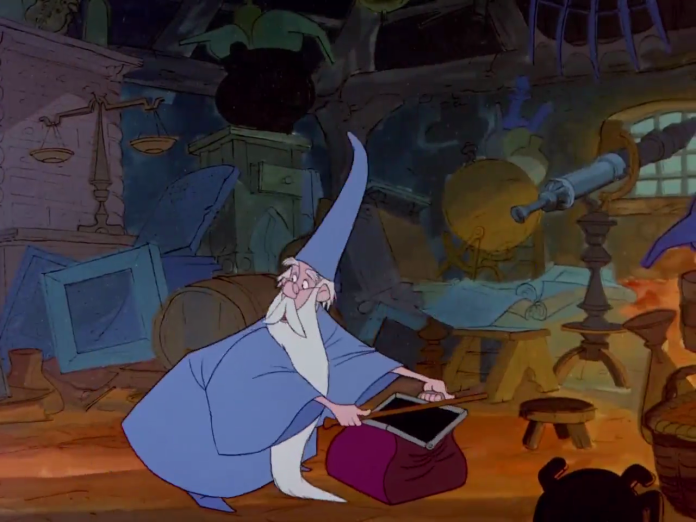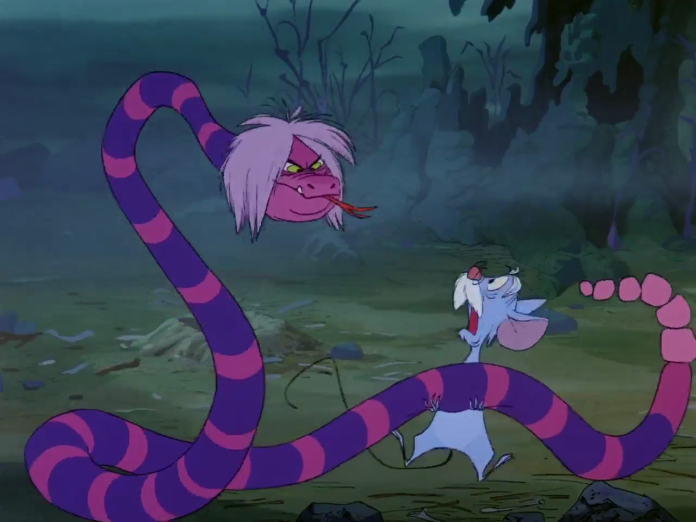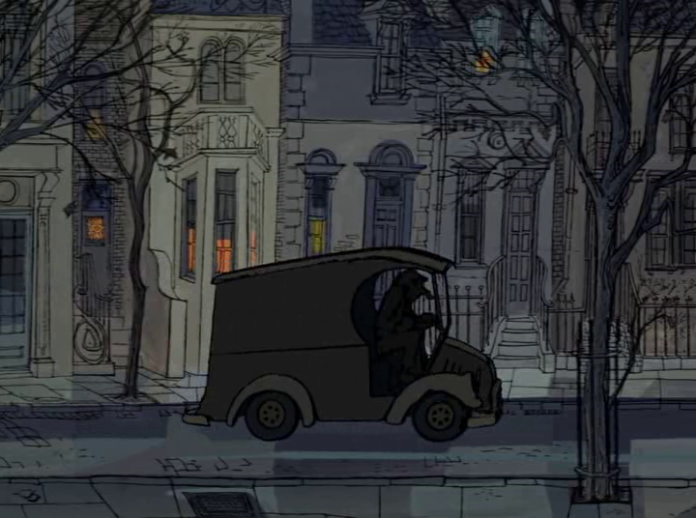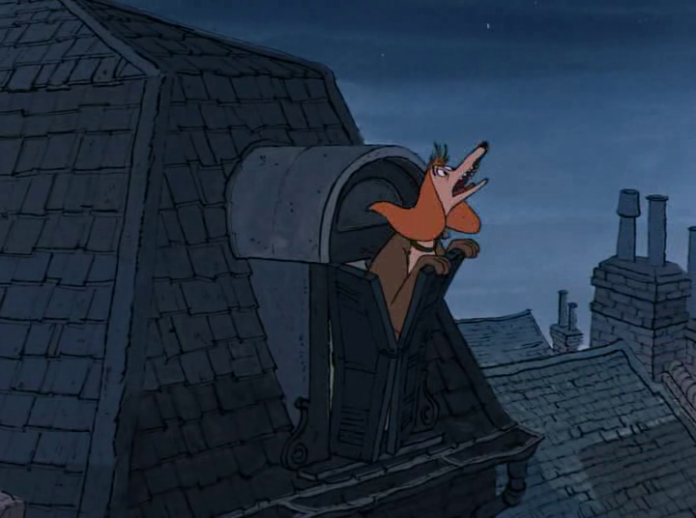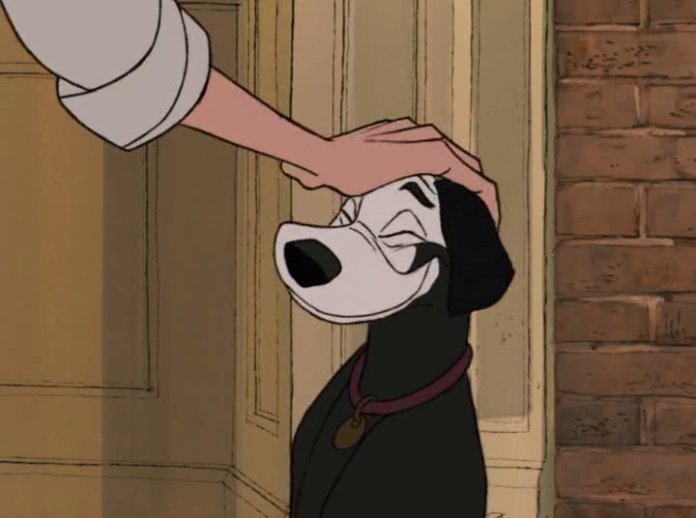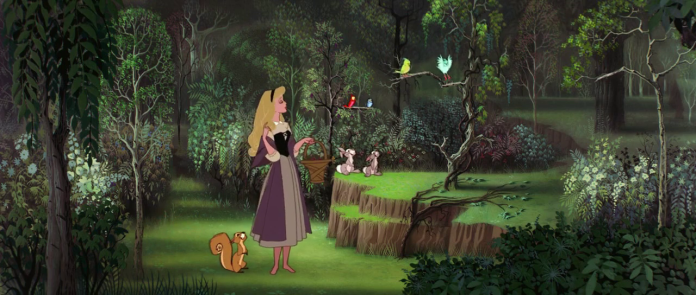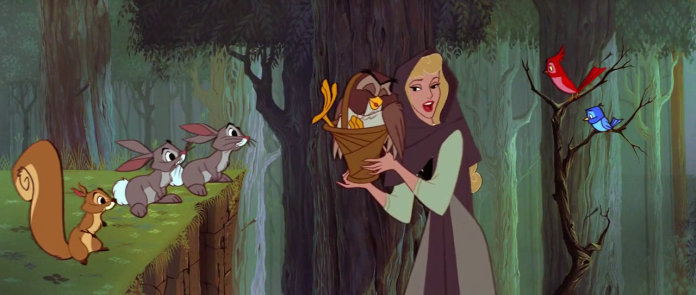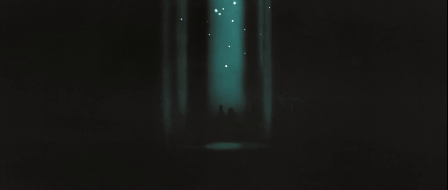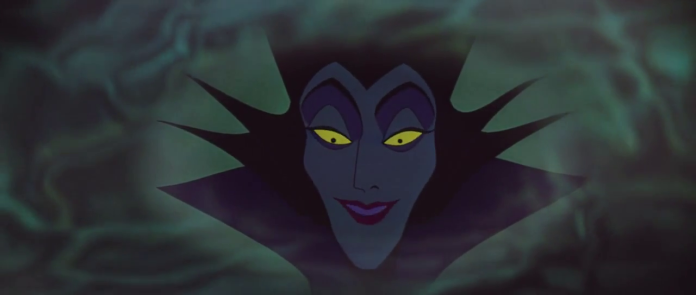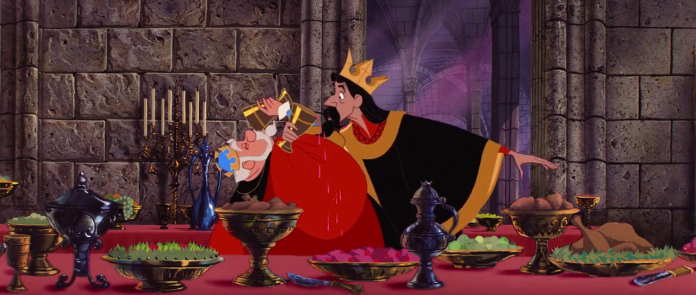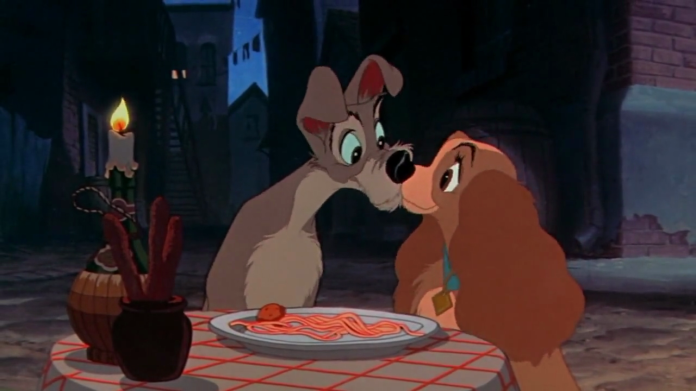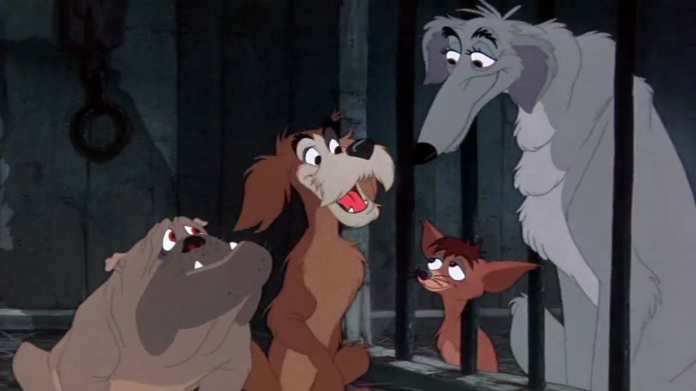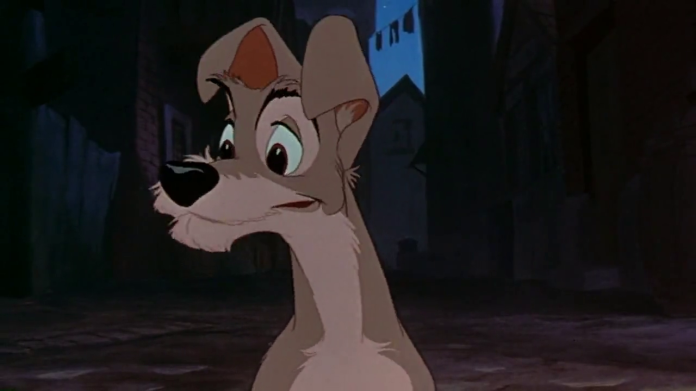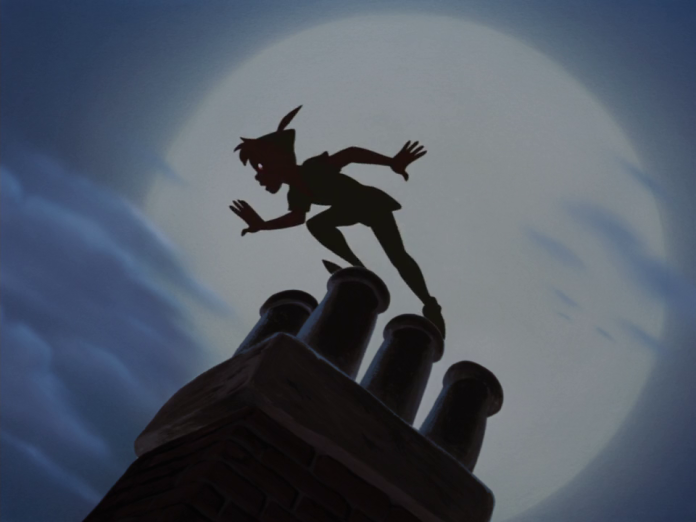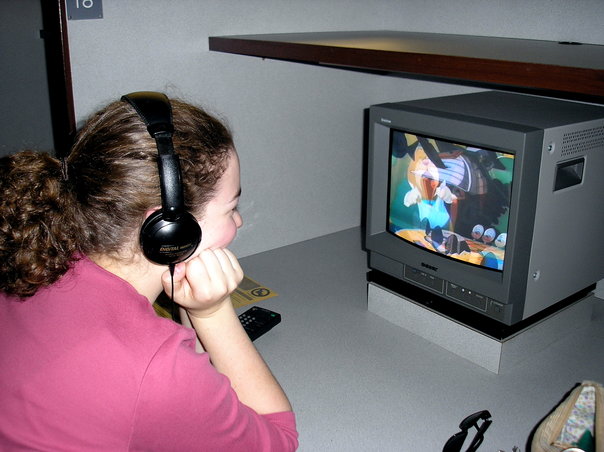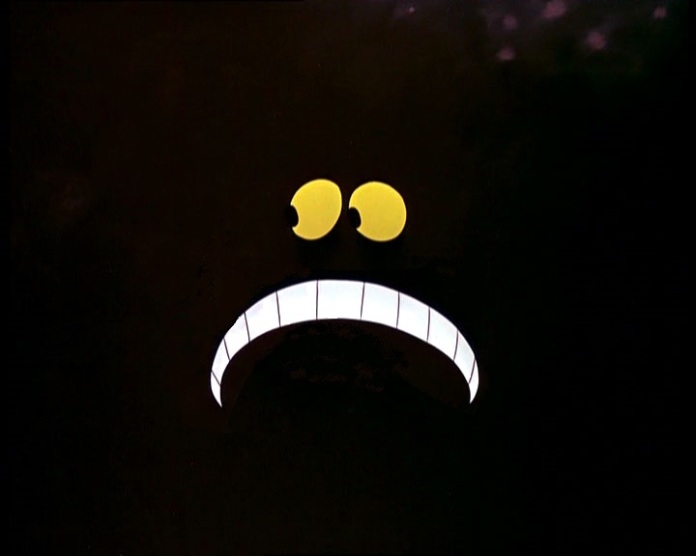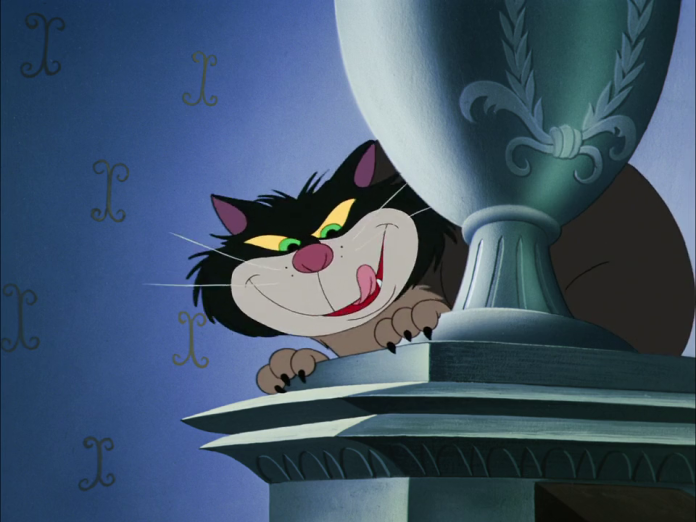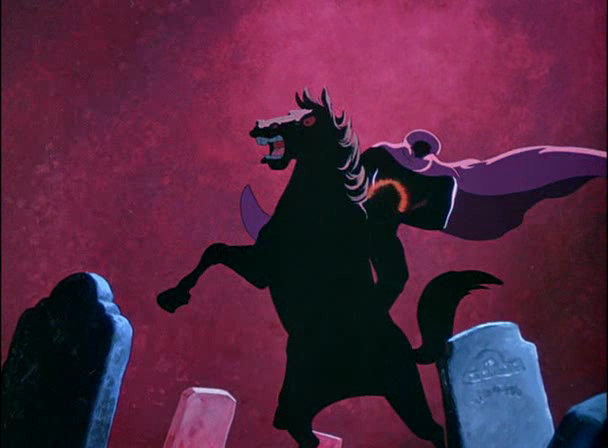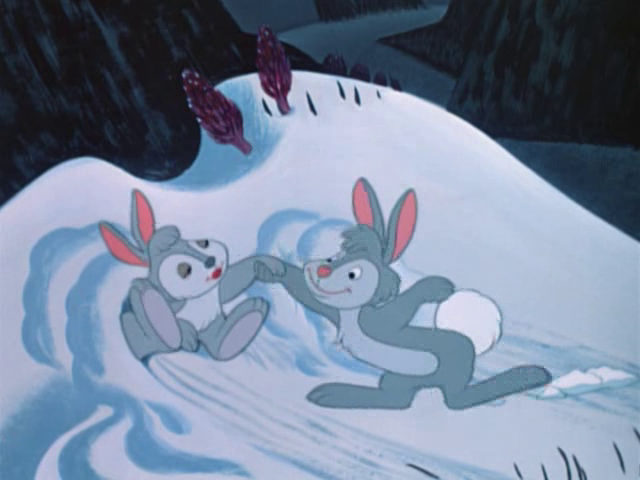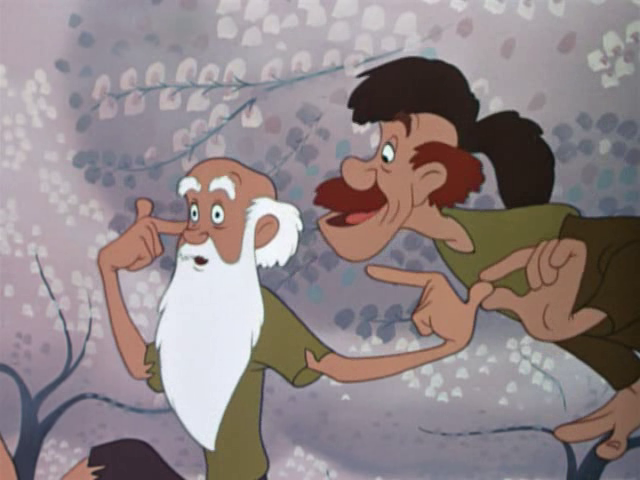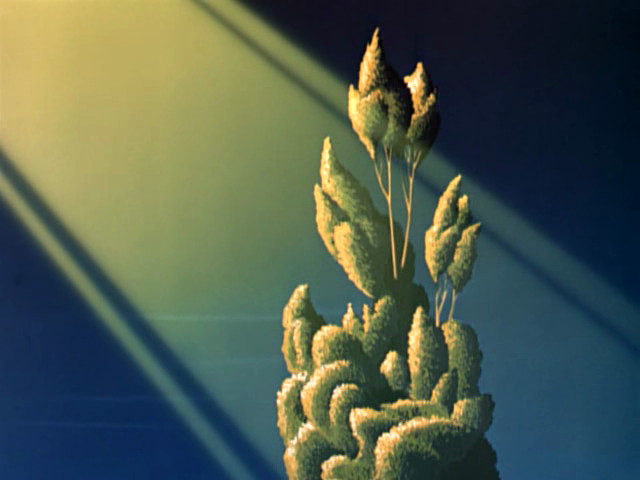James: Nostalgia ain’t what it used to be. I had fond memories of watching Pete’s Dragon as a kid, with Jim Dale, Mickey Rooney and even Helen Reddy making a very positive impression (Candle on the Water, amIright?). So a few years ago when I saw it in ASDA for £3 I couldn’t resist, and put it on almost as soon as I got home. It sucked. Sure, there were some good moments in, some nice songs and some charming animation. Unsurprisingly, these were the bits that made an impression on me. Disappointingly, there was an awful lot in between. After years of talking about it alongside Mary Poppins and Bedknobs and Broomsticks, I realised this film just wasn’t in the same league. As the film went on positive certainty turned to hope turned to embarrassment turned to morosity.
Regrettably, I went through the same emotions again with The Sword in the Stone. I know that it, like all Disney, is predominantly a kids’ film (or at least a family film). I know the sugar-tinted glasses of youth trick your memory even into adulthood. But after finding so much to praise in all the Disney efforts to this point, even the underwhelming ones, I’m really disappointed that it’s so hard to praise this one which is, I fear, the weakest Disney film we’ve covered. It does have its positives (again, the stuff that stuck in my mind was by far the best material), including a surprisingly powerful moment that we’ll discuss later, but overall it is riddled with flaws, some surprisingly new to Disney, which is not a good sign. I listed it as my favourite ‘Classic Disney’ in our introductions, despite not having seen it for years. I shall certainly be taking more care with my careless questionnaire answers in future.
I would like to add to the tragedy by shouting out to my wonderful sister Hannah, who, upon reading that it was my favourite classic, bought it for me on DVD. She is still wonderful, and it’s still an incredibly thoughtful gift, and I PROMISE to watch ALL THE EXTRAS. Even the singalongs (that are mostly speakalongs, surely?).
One of the most disheartening things is the way that the storytelling seems to have regressed by 20 years. After a decade of films with pretty strong narrative arcs from start to finish (even when not so well paced), we’re at another incredibly segmented film. You could shuffle around all but the opening 20 minutes and the closing ten minutes and not lose track of the through-narrative because, well, there isn’t one. Heck, the titular sword isn’t even in the story until the last five minutes. Each sequence is self-contained with virtually no consequences of what came before nor any set-up for what comes after. Curiously, the best moments of the film are entirely in those middle, interchangeable sequences, and so I’m not sure how you could restructure the film to a more coherent narrative without losing some of those… but the film sure doesn’t work as it is.
The main villain (if Madam Mim is supposed to be that – if she isn’t, why does she get the big battle sequence at the climax of the film?) isn’t mentioned outside of her ten minute arc; the longest running villain outside of that is the comedy wolf who unceremoniously disappears in a log floating down the river. It’s possible the villain is supposed to be Arthur’s foster brother Kay, or merely Arthur’s station in life, as the two unpleasant aspects of his life established at the start and resolved by the end. The problem with that is, neither are presented as particularly intimidating threats that Arthur either wants or needs to defeat. More to the point, Arthur doesn’t actually do anything to defeat them; he is made King by unearned lineage, not by having grown into a strong, worthy person.
Anne: James asked me if I had some positive things to say about this film, and actually, I do!
So, The Sword in the Stone is not just based on Arthurian legend, but on the first third of T.H. White’s unbelievably good novel The Once and Future King. (The other two-thirds became the musical Camelot.) It’s been a while since I read it, but I loved it, and I think the Disney version gets a lot of things right…which may be why it doesn’t work so well. The source material isn’t a story with a beginning and an end, a good guy and a villain. It’s about Arthur’s initial education, when he’s been sent to live with Sir Ector and Kay (though why, I can’t remember…possibly to keep him safe, since Arthur is the product of a marriage between a daughter of Avalon and a Christian, and he’s basically the only person who CAN rule Britain…I may have read Marion Zimmer Bradley’s sexy feminist version a few too many times…). Merlin actually does turn him into a fish and a squirrel and a bird, and those are my favorite sequences because they feel the most true to the source material.
Anyway, I find myself willing to forgive some of the faults in the storytelling in this movie because it’s a pretty faithful adaptation of only part of a book, and I’m not so sure that part stands alone very well (though it was published independently before it became part of the longer novel). That said, where I think this movie shines is in the translation from page to screen of the tone of White’s novel. I so wish I had a copy with me here in Florida so that I could quote from it, but I’ll do my best from memory.
One of the things that makes White’s novel so great is that it’s not just a re-telling of Arthurian legend. It’s re-telling of Arthurian legend through the lens of the first half of the twentieth century. There are references to cricket (in relation to the jousting and games of medieval England), modern technologies, 20th century wars, and other things that have nothing to do with Arthur’s story. As I see it, The Once and Future King is to Arthurian legend what something like The French Lieutenant’s Woman is to the Victorian era, offering amusing commentary and comparisons on a bygone era. Of course, White has more leeway to talk about whatever he wants, since he’s commenting mostly on legend.
Back to the film, though. The question becomes, how do you create that kind of charmingly anachronistic ambiance onscreen? The answer: Merlin.
According to Wikipedia, White’s Merlin lives through time backwards, so he already knows that Arthur will become king; that’s why he goes about educating him. I don’t think he had that kind of time travel capability in the novel, but his relationship with the human timeline is clearly fluid. It’s not much of a stretch to give him the ability to jump ahead a couple thousand years so that he can tell Arthur about airplanes and clocks and television. Most of the anachronistic details are in the narration of White’s novel, rather than coming from the characters.
I think Disney’s Merlin is an utterly charming, intelligent creation, and the film goes dead in the scenes that don’t involve him (though luckily, most of them do!). His relationship with his talking owl Archimedes is hilarious and sometimes touching; we especially liked that the cantankerous owl stayed with Arthur when Merlin disappeared upon hearing that the boy was going to be Kay’s squire.

This film is drawn and animated in a similar style to 101 Dalmatians (though I think it could have benefited from some of the medieval designs from Sleeping Beauty), and Merlin’s cottage interior is lovingly rendered. There are a lot of anachronistic details in the background of each scene there–and sometimes in the foreground. I mean, people weren’t drinking tea in Arthur’s time in Britain–this is, after all, before the discovery of most of the rest of the world. Book-binding? Tobacco? Entomology? How about that telescope?
Of course, none of the characters but Merlin and Archimedes (who disapproves) really appreciate the anachronistic stuff for what it is. Arthur is awed by the flying machine Merlin has, but he doesn’t dwell on the idea that people will fly one day, even when Merlin tells him he’s seen it. The anachronisms are for the audience–possibly mostly for the parents of the audience.
One thing I did NOT like about this film (okay, there were a few things I didn’t like, but I won’t wallow) was the battle with Madam Mim. Entertaining? Yes, very. Pointless? Yes, very. I appreciated the idea behind it–Madam Mim only turned herself into powerful or dangerous animals, while Merlin thought about what animal would best handle each situation, usually something small and agile.
It was cleverly animated, I’ll give it that. But I’ll take up an argument that is usually James’s purview: this scene is in the classic “boss battle” position in the film, but it doesn’t involve the character who is arguably the protagonist. In previous films I haven’t had a problem with it (Lady and the Tramp comes to mind especially), but the whole Madam Mim sequence felt tacked on so that the kids could have somebody to boo hiss. I can understand the reasoning behind it–the story has no villain, so what are we fighting against?–but I think it’s misguided and unnecessary. Funny, though. Very funny.
James: The Merlin/Mim battle is fun and imaginative, and could have been a fantastic showdown… if it mattered. Really, the stakes aren’t any higher than in the fish fight (that seemed like a sensible phrase before I typed it) or when chased by the wolf, except this time Arthur isn’t even involved. Or, if Merlin and Mim are supposed to be the protagonist and the antagonist of the film, then they’ve been very, very badly set up. If Mim was set up from the start as a credible threat to Arthur (or even just to Merlin), and if Arthur in some way helped Merlin to defeat Mim (either physically aiding or simply by suggesting the final form he takes) then the whole sequence would have some sort of bearing on the story. As it is it’s the final, most meandering detour on the way to Arthur finally getting the sword.
I don’t know if the film could be reworked to make Merlin the protagonist, but by God it should be. Merlin is the most charismatic character in the piece – with the most convincing English accent. Disney, you did so well with English actors in Mr Toad (Angus MacBadger aside), and you did a pretty good job in Dalmatians… where are all the Englishmen here? Some are unashamedly American – Arthur, Archimedes, Mim, and a bunch of citizens near the end – of which the only acceptable one is Archimedes (it’s a talking owl, who’s to say he wouldn’t have an American accent?). The other main characters in the film are the ‘cockney’ Kay (who sounds just awful – Dick Van Dyke may get a pass by comparison) and the RP Sir Ector and Sir Pellinore, both played by genuine Englishmen… and yet even Sir Ector sounds more American than Merlin for the majority of his dialogue.
Arthur is of course the biggest issue, astonishingly played by THREE Americans! Would it have been so hard to source one genuine English kid?
Which, via that image, leads me to the animation. Anne is right that it’s a very similar style in theory to 101 Dalmatians; a rough, very handdrawn look. And yet, where Dalmatians looked stylistic, here it more often than not looks crude. Arthur’s eyes don’t even stay the same colour, for Pete’s sake! Certain sequences are better than others (the squirrel scene is very handsomely rendered), but too many scenes lack the beauty or style of previous Disney efforts, and seem content just to convey the events in the script.
In fact, the whole film seems just perfunctory. The events just sort of happen, without affecting anyone. The dialogue and jokes are sort of half written, with many coming across as forced (Merlin’s beard slapstick fails almost before it begins, and the long-suffering wolf is a pale and softened Wile E. Coyote). Once Arthur is King, Merlin returns and everything is just sort of made fine; there are no emotions in the final moments, no conflicts and no celebration. We’re at 79 minutes and Arthur’s the King, so the film stops. The most successful part of the film is the one that takes the characters and their emotions seriously, and actually ends on a very emotional beat.
Because, wow. This scene. The two things I really remembered from the film, the reasons I had such fond memories of it, were Merlin and the squirrel scene. And I’m pleased to say I was very, very right about both of those. As I said earlier, this scene is probably the best animated in the picture, but it also has the most conflict in. We get a Manic Pixie Dream Squirrel for Arthur-squirrel, which is pretty much a Disney go-to by now, but the red squirrel rises above the love interests of Bambi and Bongo by being brave, passionate and, ultimately, rejected. We also get a more overtly comedic love interest for Merlin-squirrel, who I’ll just refer to as Squirrel Carruthers (if you laughed, you’re a G&S geek.).
The comedy in this sequence is great, but it’s the emotions that sell it, because the characters are so well defined here. Red Squirrel is enamoured, Squirrel Carruthers is lusty, Arthur is confused and helpless, and Merlin is terrified. Add in the wolf trying to eat them all and you have a scene with personal and physical danger for everyone involved. All of the characters go through a variety of emotions, particularly the Red Squirrel. She becomes one of the best characters in the film by a) being committed to something and b) suffering. She goes through more emotions and changes in 8 minutes than Arthur does in the entire film. She also shows more courage than him, single handedly taking on a wolf to save Arthur (making her perhaps the most proactive female character in a Disney film yet – thoughts?). And then when she finds out her crush is a human, Red Squirrel isn’t terrified like Squirrel Carruthers, she is confused and heartbroken. And, you know what? So was I.
Excuse me, I think there’s some dust in my eye…
Anne: Aww. You can console yourself with having come up with Squirrel Carruthers. Tush in thy teeth, OLD MAN!
I think you’re probably right about Red Squirrel being the most proactive female character so far, but I’m not sure it matters. Her actions would have been admirably selfless and brave whether she was male or female–Archimedes does something similar earlier in the film trying to save Arthur from the giant fish. Maybe this is just me wishing that it didn’t need to be pointed out and applauded every time Disney writes a strong-willed, courageous woman. (OH, what about Tinkerbell? She risks her own life to rescue Peter Pan, doesn’t she? Or am I thinking of the stage version…hmmm.)
On a different subject, this is the first Disney film to feature the songs of the Sherman Brothers, which to my mind indicates a pretty significant boost in quality. Unlike many of the previous Disney films, the songs in The Sword in the Stone are tailored to the action; it feels like they had a storyboard and said to the Sherman Brothers, okay, this is the part when Arthur learns a lesson about love. The villain is called Madam Mim, write her a song. Even so, they’re not quite as film-specific as the songs will become in Mary Poppins and Bedknobs and Broomsticks later on. I think before I saw this movie if you had played me “That’s What Makes the World Go Round” or “A Most Befuddling Thing,” I might have been able to tell you that they were written by the Sherman Brothers, or at least hazard a guess, but I probably couldn’t have told you which film. (“Higitus Figitus” and “Mad Madam Mim” being the exceptions, of course. But even “Higitus Figitus” isn’t as good as the Substitutiary Locomotion song from Bedknobs!)
Also, quickly before we wrap this up, there were a lot of visual moments in this movie that made me think of future Disney films, especially The Little Mermaid during the scene in the moat (when the giant scary fish got his nose stuck in the chain link, all I could think of was Flounder escaping the shark in a similar way). And Merlin himself brings to mind the Genie from Aladdin–a magical presence of bygone days who nonetheless makes contemporary references. When Merlin flew back in from Bermuda, I was reminded of the bit right at the end when Aladdin grants the Genie his freedom and he blasts off to Disneyworld.

I think The Sword in the Stone suffers from a bit too much cleverness–to the point that some of what Merlin was talking about went over MY head–muddled plotting and what sometimes looks like very hasty animation. I wouldn’t go so far as to say I hated it, or even disliked it (after all, I was mostly entertained!), but the technical aspects just don’t add up to much and I don’t think I’ll bother revisiting this one in the future. 4/10.
James: It’s certainly got the seeds of some great moments in it, which lead to some wonderful sequences further down the line for Disney. It also has a couple of great sequences and a delightful co-lead… but the film is a mess. I’ll also give it 4/10. The animation, the music, the characters, nothing works quite as well as it should, and we know Disney can do better.
Speaking of, the wind’s in the East…






